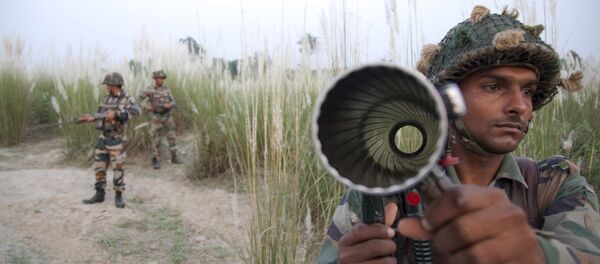A report published by the country’s Comptroller and Auditor General on July 21 illustrates that officials have failed to adequately address the problem, which has persisted for four years.
"Despite serious concerns highlighted" by the auditor, "no significant improvement took place in the critical deficiency in availability of ammunition and quality of ammunition supplied by the Ordnance Factory Board since March 2013."
The Ordnance Factory Board’s low production output was identified as one of the main drivers of the issue. The OFB is principally relied upon by New Delhi to churn out firing supplies.
Adding injury to insult, endless bureaucratic inefficiency has stalled ammo procurement from outside suppliers, the report said. Agreements for more that were reached between 2009 and 2013 were still “pending” as recently as January of this year, the auditor said.
Investigators discovered that ammo reserves to be used in the event of a major conflict have suffered as a result — the War Wastage Reserve was approved to safeguard a number of gun rounds sufficient to last 40 days of intense combat. Only 31 of 152 types of ammo used by the Indian Army exist in sufficient numbers to support operations continuing for more than 40 days, according to data published by the auditor’s office.
Retired Indian Army Maj. Gen. Bhupinder Yadav told Defense News the responsibility to fill warehouses with war supplies rests squarely on the shoulders of the Ministry of Defense.
Quantity is not the only issue; quality is also a concern. For example, more than 33 percent of domestically made Akash surface-to-air missiles fail basic testing requirements, Sputnik India reported July 28.




